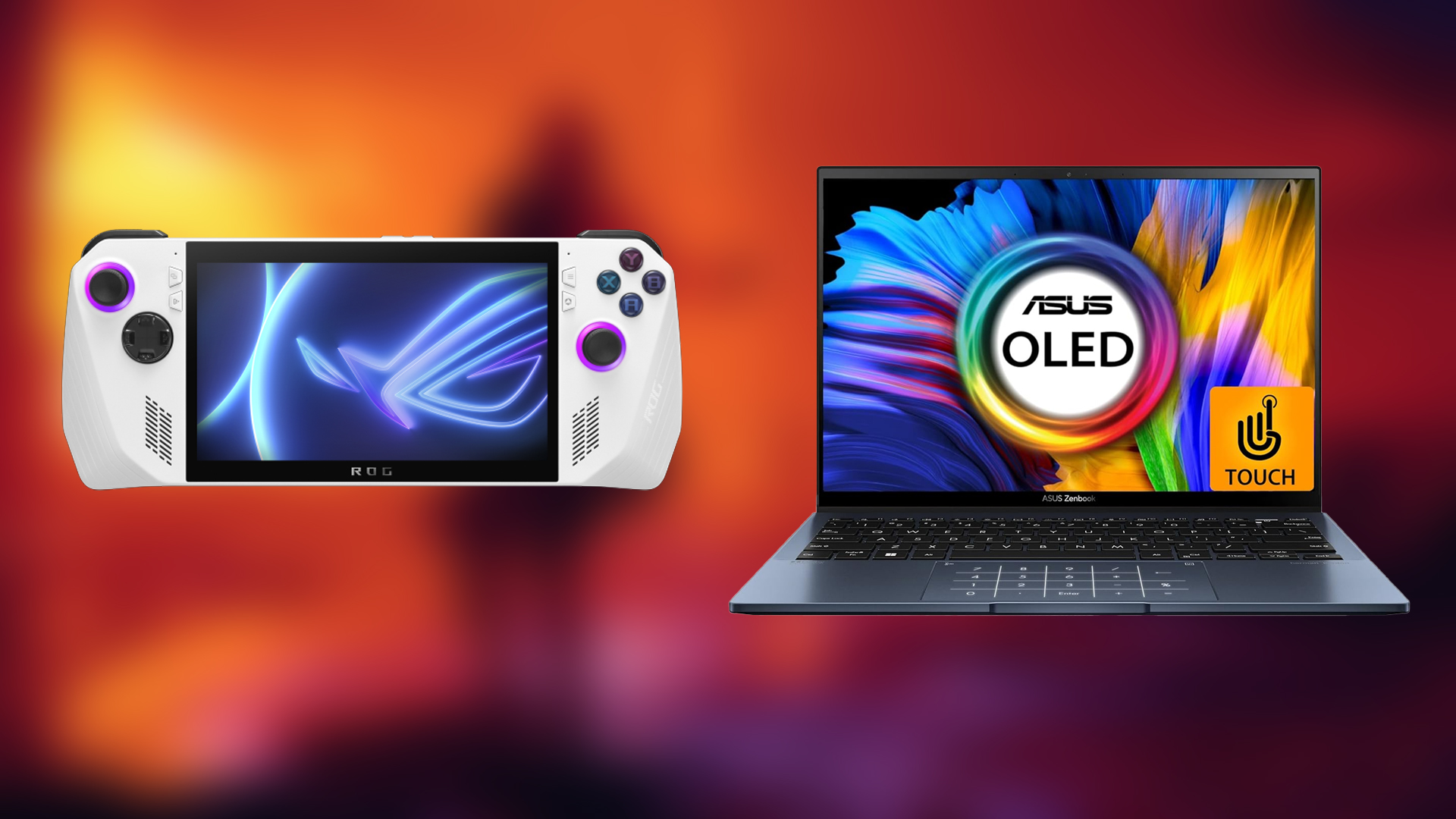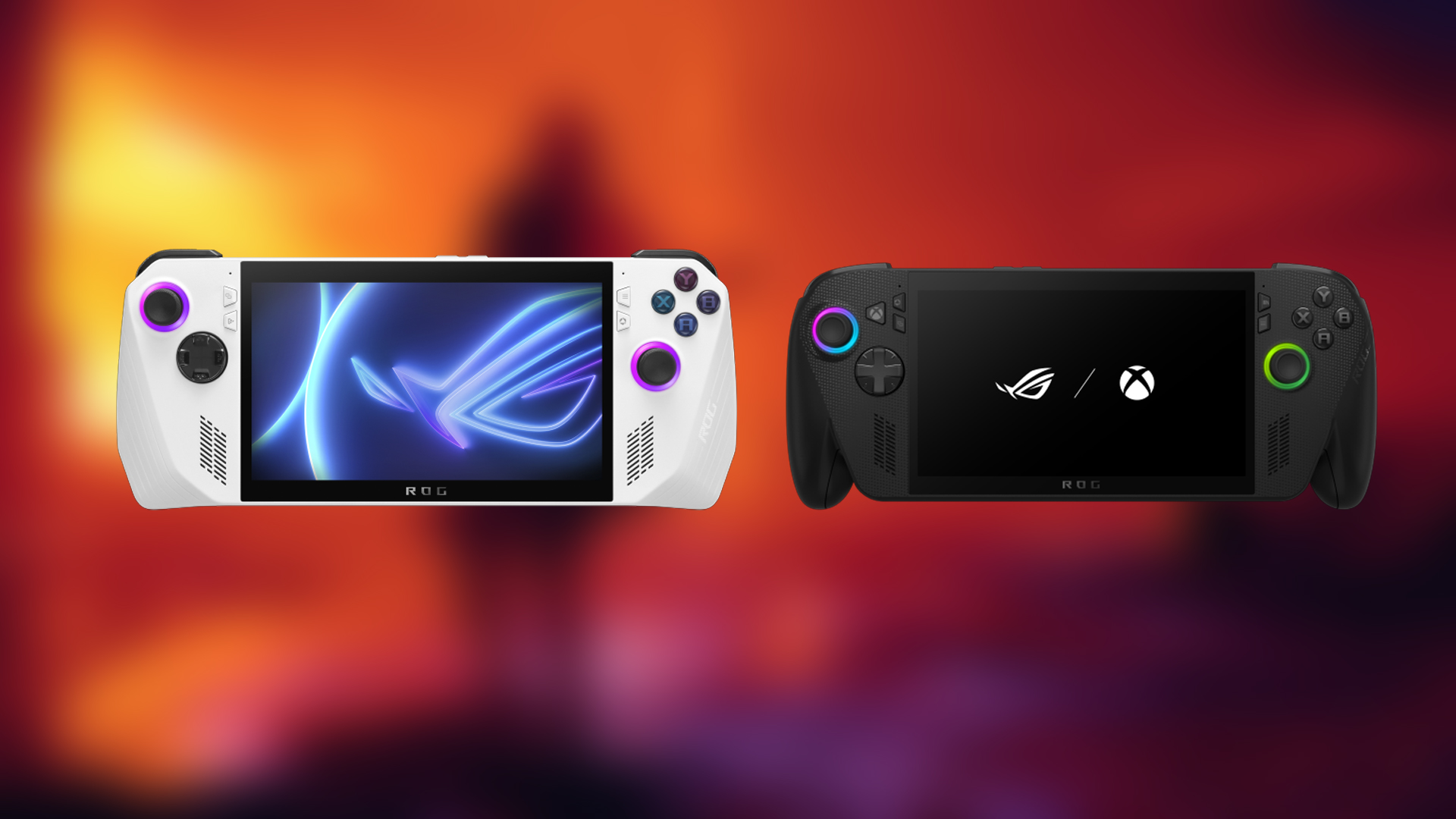Upgrading your laptop’s HDD to an SSD will significantly boost its performance and boot-up speeds. It’s the best upgrade for an old laptop.
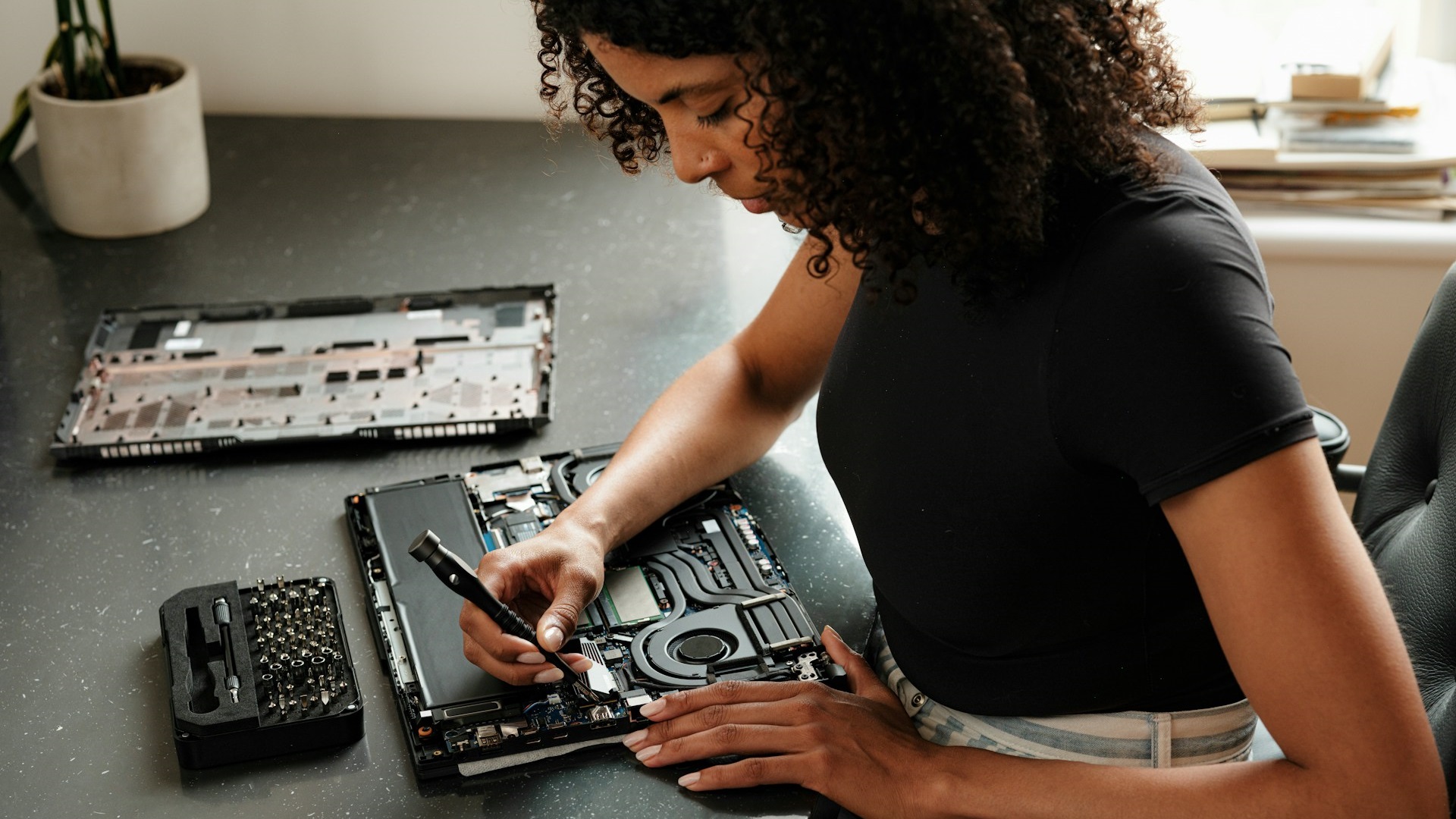
One of the major bottlenecks of older computers is their internal hard drives. They are very slow and can only deliver around 100–150 MB/sec, which is what most spinning mechanical hard drives can manage. However, that speed is not enough for today’s software and programs. That’s why SSDs, short for Solid State Drives, were created, as they can be significantly faster.
Upgrading your laptop’s internal HDD to an SSD is not easy. It can be even more difficult when you are unsure if your notebook supports SATA or M.2 SSDs.
Note: Some aspects of this article are subjective and reflect the writer’s opinions.
How To Check SSD Support on a Laptop
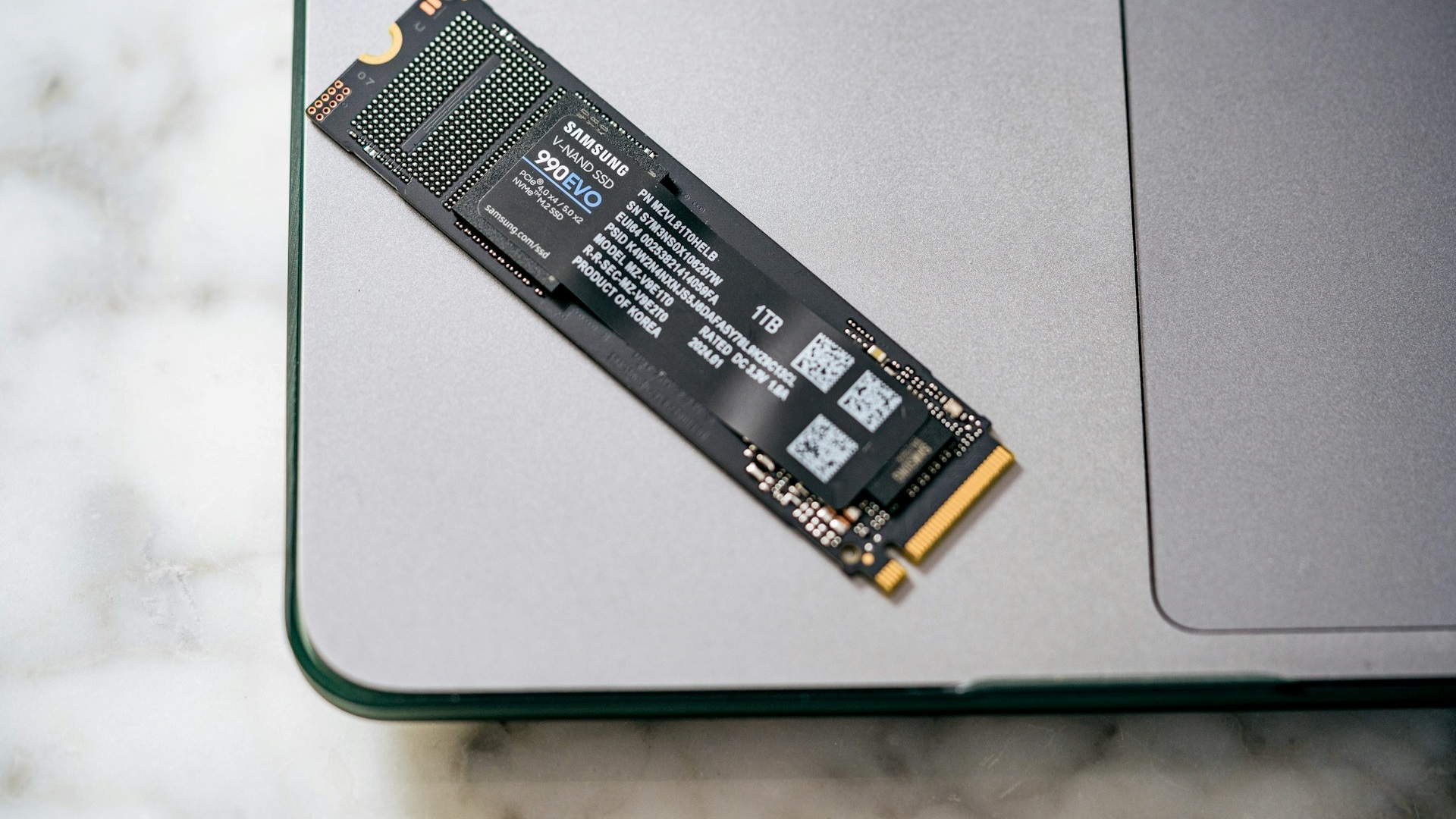
While some manufacturers mention the type of storage interface their laptops support, others do not. Therefore, the best way to check the SSD interface is to open up your laptop and physically inspect it. Since your notebook has an HDD, it will support SATA drives. However, there could also be an M.2 or mSATA port.
You must physically inspect and confirm which port you have before buying the SSD. You should only buy a solid-state drive that has an appropriate connector.
How To Upgrade Your Laptop’s Storage: A Detailed Guide
The upgrade process for your laptop’s storage will depend on which storage interface it has. For example, if your notebook has only SATA, then you will have to replace the HDD with an SSD, and there is no way to keep both inside. However, if your laptop has an M.2 or mSATA port, you can install a solid-state drive alongside the HDD, which would certainly be more convenient.
Here’s a simple guide on how to upgrade from HDD to SSD:
Note: The following steps require some knowledge of computer hardware/electronics.
For M.2 or mSATA SSDs
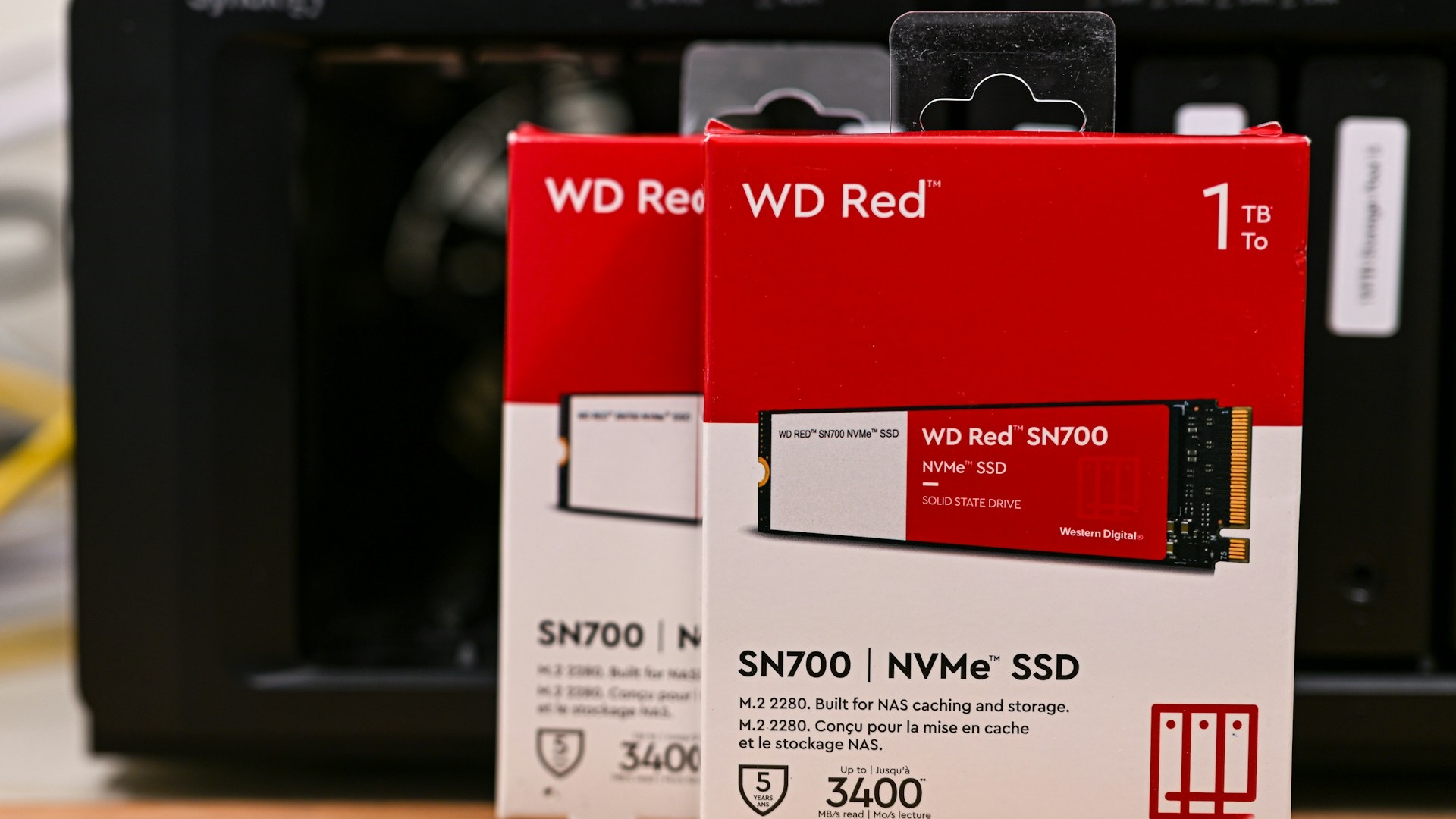
Follow these steps to install an M.2 or mSATA SSD on your notebook:
- Remove the rear panel or the keyboard deck, depending on your laptop. The exact procedure differs for every notebook, so check online for yours.
- Find the M.2 or mSATA slot, which should be somewhere on the motherboard.
- Once you find the slot, insert your SSD stick at a 45-degree angle and gently press it down until the other end of the drive stick touches the screw hole.
- Use an appropriate size screw to secure the new solid state drive.
- Reattach the rear panel or keyboard deck, and turn on the laptop.
- Next, search for a program called Disk Management and launch it. It may appear as “Create and format hard drive partitions.”
- Check if the new SSD shows up there.
For SATA SSDs
Follow these steps to replace the HDD with a SATA SSD on your notebook:
- Remove the rear panel or the keyboard deck, depending on your laptop. You can search online for the exact procedure for your notebook.
- Find the hard drive connected to the motherboard and disconnect it.
- Once disconnected, gently remove the hard drive and insert the new SSD in the same slot.
- Reattach the rear panel or keyboard deck, and turn on the laptop.
- Next, look for a program called Disk Management and launch it. It may appear as “Create and format hard drive partitions.”
- Check if the new SSD shows up there.
Now, you must clone your OS from the hard drive over to the SSD to take advantage of its faster speed. We have already detailed this process previously, so check that out. For this process, both the hard drive and the solid-state drive must be connected to the same laptop, which is not a problem with M.2 drives.
However, if you connected your SSD by replacing the HDD, then you must connect the hard drive to the laptop externally through special drive enclosures for the cloning process.
We provide the latest news and “How To’s” for Tech content. Meanwhile, you can check out the following articles related to PC GPUs, CPU and GPU comparisons, mobile phones, and more:
- 5 Best Air Coolers for CPUs in 2025
- ASUS TUF Gaming F16 Release Date, Specifications, Price, and More
- iPhone 16e vs iPhone SE (3rd Gen): Which One To Buy in 2025?
- Powerbeats Pro 2 vs AirPods Pro 2: Which One To Get in 2025
- RTX 5070 Ti vs. RTX 4070 Super: Specs, Price and More Compared
- Windows 11: How To Disable Lock Screen Widgets
 Reddit
Reddit
 Email
Email

